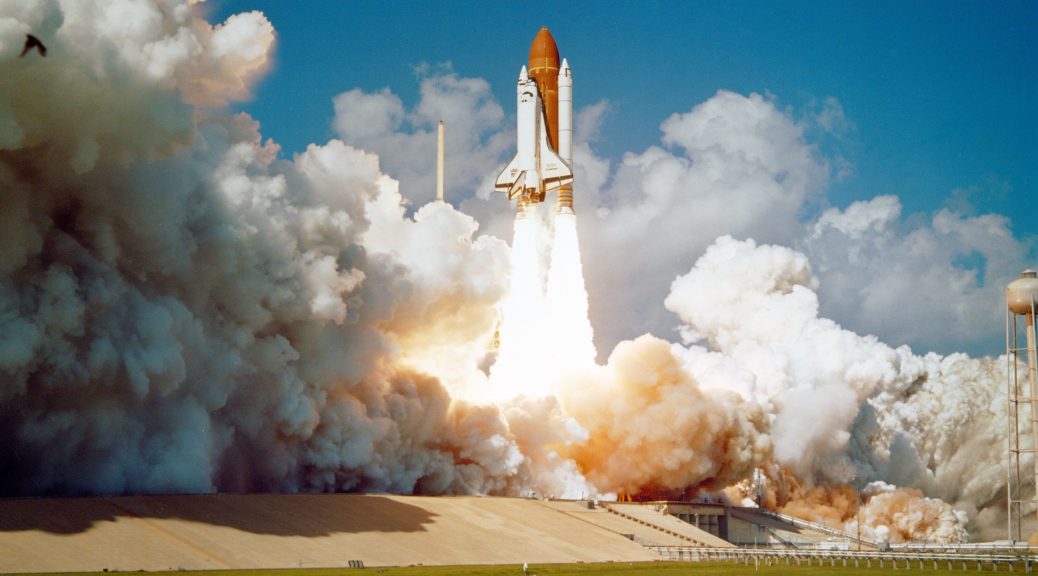
What is Space Valley Ottobrunn? Research areas, companies, vision
What at first sounds like a new blockbuster movie is in fact a research region for aeronautics, space and geodesy in the Munich conurbation. The Space Valley is made up of various research institutions of the Technical University (TU) Munich and established aerospace companies and forms a unique environment for networking and cooperation.
Munich’s metropolitan region as an innovation hub
The Faculty of Aeronautics, Astronautics and Geodesy (LRG) of the entrepreneurial TU Munich was founded in spring 2018. Geodesy describes the “science of measuring and mapping the earth’s surface”. The university’s research locations span from Taufkirchen/Ottobrunn to Munich, Oberpfaffenhofen to Garching and form a future-oriented research triangle. Taufkirchen/Ottobrunn forms the headquarters of the new faculty. Garching is home to the TU Munich’s research campus, Oberpfaffenhofen to the research airport and Munich to the TU Munich’s main campus.
Vision of the Space Valley
By networking the research locations in Space Valley, know-how is to be bundled and the vision of a high-tech region realised. Bavaria’s Minister-President Markus Söder has also pledged his full support to the innovation location and sees the potential for Space Valley to become the primary space location in Europe.
Bavaria’s new Silicon Valley for aerospace research
Inspired by Silicon Valley in California, the name “Space Valley” is intended to indicate an innovation location with a high level of exchange between research and industry. The proximity to aerospace companies and major international corporations already based here was a decisive factor in the new TU faculty’s decision to locate here. In recent years, more and more tech start-ups have also settled in the Munich Metropolitan Region, creating a unique environment for innovation and cutting-edge research. With Space Valley, the region benefits from dynamic symbioses between research institutions and established companies with the aim of unleashing a new scientific and economic force. Through the cooperations, students can apply their knowledge directly in practice and a space for networking is created.
A new campus for the faculty in Ottobrunn
The Faculty of Aeronautics, Astronautics and Geodesy at TU Munich has been part of the newly founded School of Engineering and Design since October 2021 and is set to become the largest faculty in the field of aeronautics and astronautics in Europe. Michael Klimke has been appointed as managing director of the new faculty. Especially the research location Taufkirchen/Ottobrunn as the headquarters of the department is predicted to have high potential. In the first quarter of 2022, the faculty will move into a newly rented 14,000 sqm property in Ottobrunn. The Ludwig Bölkow Campus being built there will be developed in cooperation with companies and research institutions located in Ottobrunn and will include a start-up centre in addition to laboratories and test halls. In the long term, a university campus for up to 4,000 students and over 50 professors and hundreds more employees is to be created there. The property is owned by the real estate joint venture Accumulata Real Estate Group and Pamera Real Estate Partners.
However, the new campus also brings infrastructure challenges to Ottobrunn. The large number of new students and employees will need housing space and increase traffic in the area.
Strategic synergies of science and business in Space Valley
In addition to strategic synergies with start-ups, the Faculty of Aeronautics, Astronautics and Geodesy is already working with Airbus, the University of the German Armed Forces, Munich Aerospace, the German Aerospace Centre, Industrieanlagen-Betriebsgesellschaft mbH and MTU Aero Engines AG, among others.
Alliances are also being created within Munich’s universities between the TU Munich, the Munich School of Robotics and Machine Intelligence (MSRM) and the Munich Center for Technology in Society (MCTS) in the field of aerospace research.
Mission of the Space Valley
The Space Valley’s initial mission is not to research other planets, but to explore the Earth. In particular, the acquisition of knowledge about our climate is a core objective. In the long term, new technologies are to be developed in Bavaria’s Space Valley that will enrich life on Earth.
Research areas and current projects in Space Valley
The Space Valley focuses on research areas of earth observation, communication and satellite technology, remote sensing and research on unmanned aerial vehicles.
In recent years, the TU Munich has participated several times in Elon Musk’s “SpaceX Hyperloop Pod Competition” and won four times in a row. In the process, the TU Munich student team built a Hyperloop capsule prototype and set a speed record of 482 km/h in the process. Hyperloop describes a high-speed train that travels through a tube at almost the speed of sound in a partial vacuum and is considered the transport system of the future. With a Hyperloop infrastructure, one could travel from Munich to Berlin in 40 minutes. Now the Faculty of Aeronautics, Astronautics and Geodesy is starting its own Hyperloop research programme and plans to install a test tube at the Taufkirchen/Ottobrunn site.
Furthermore, students in the interdisciplinary MOVE-III project at the TU Munich are researching space debris and tiny meteorite particles to better understand our Earth environment. Another project is working on aeroelastic wings for aircraft to make flying more efficient and thus cheaper and more environmentally friendly in the future. A start-up in Space Valley is currently working on developing an early warning system with nanosatellites to be able to detect forest fires earlier from space.
The global space industry is worth a total of 400 billion dollars and will continue to grow and gain in importance in the coming decades. The Space Valley in Bavaria offers the opportunity to be at the forefront of this dynamic future market.